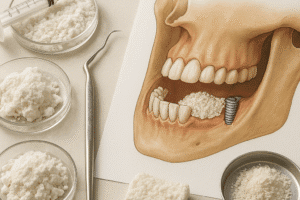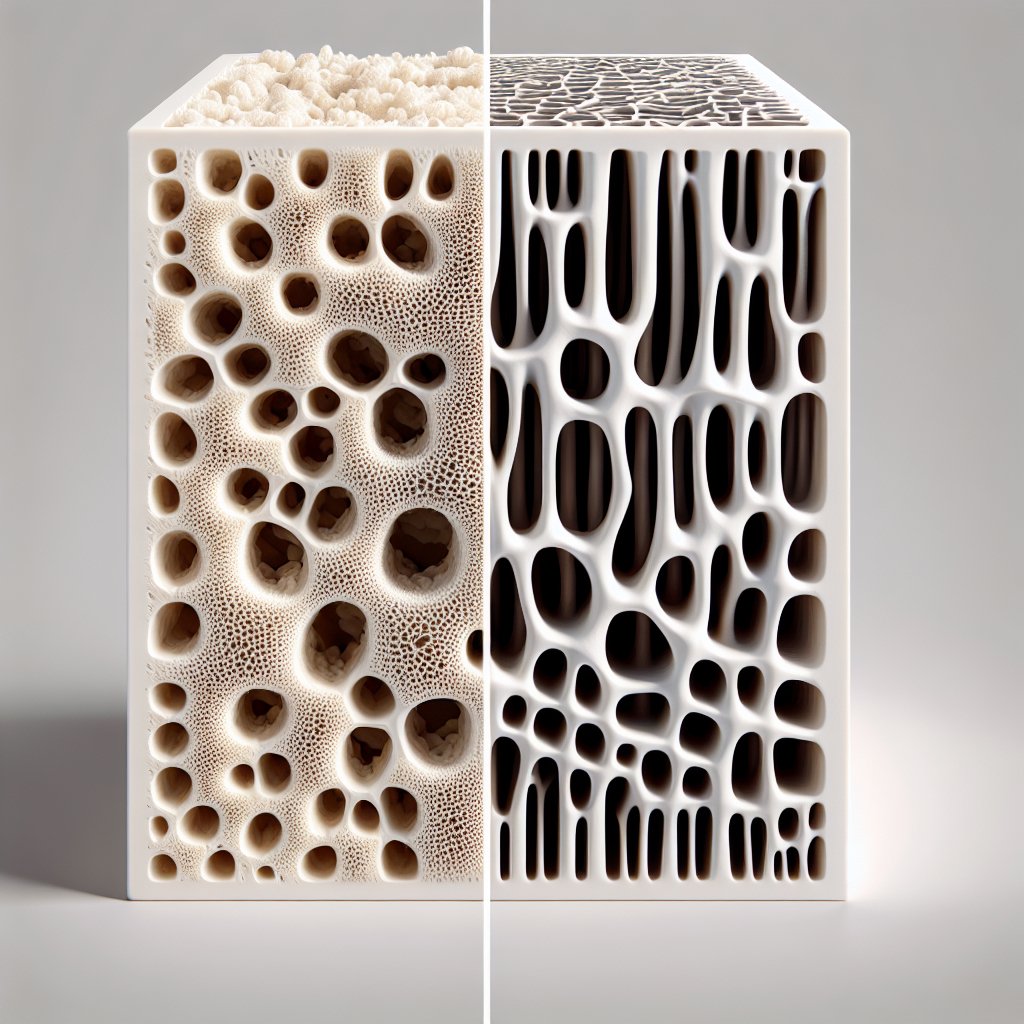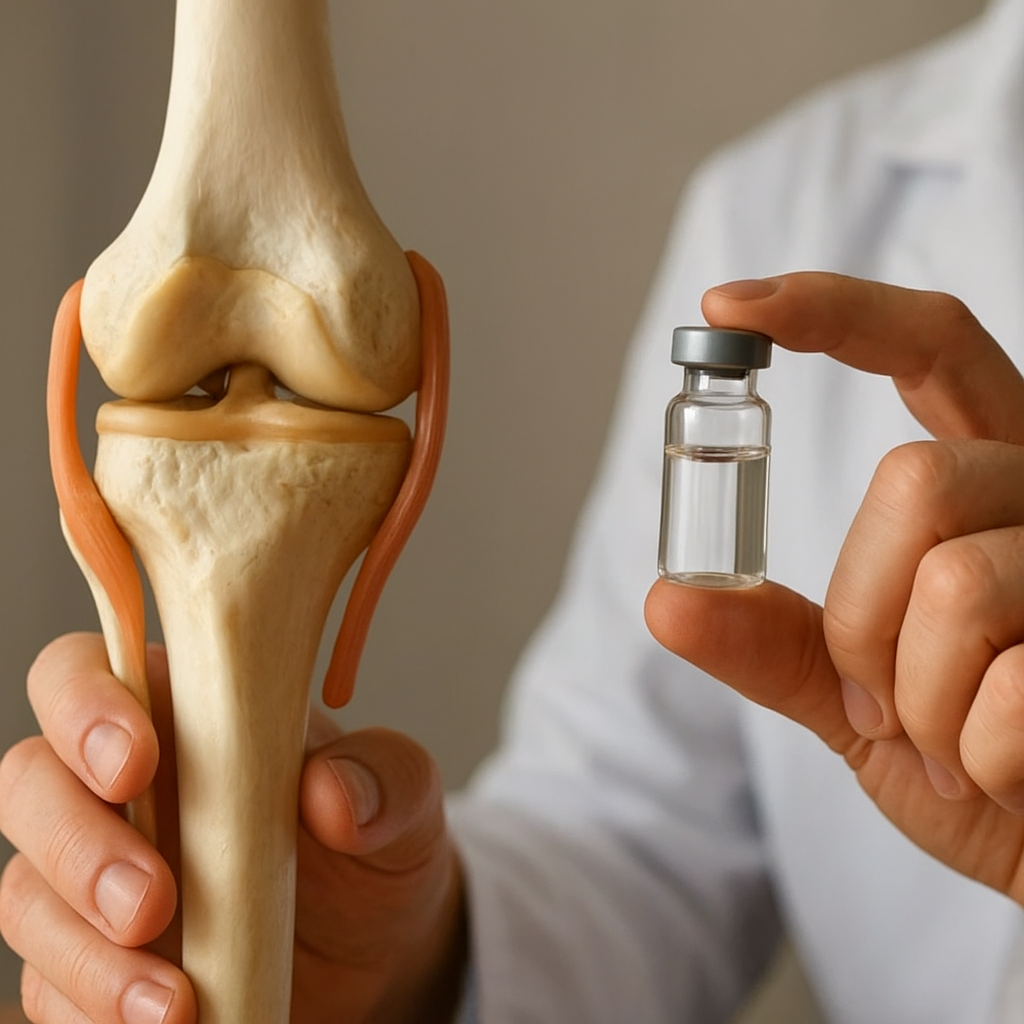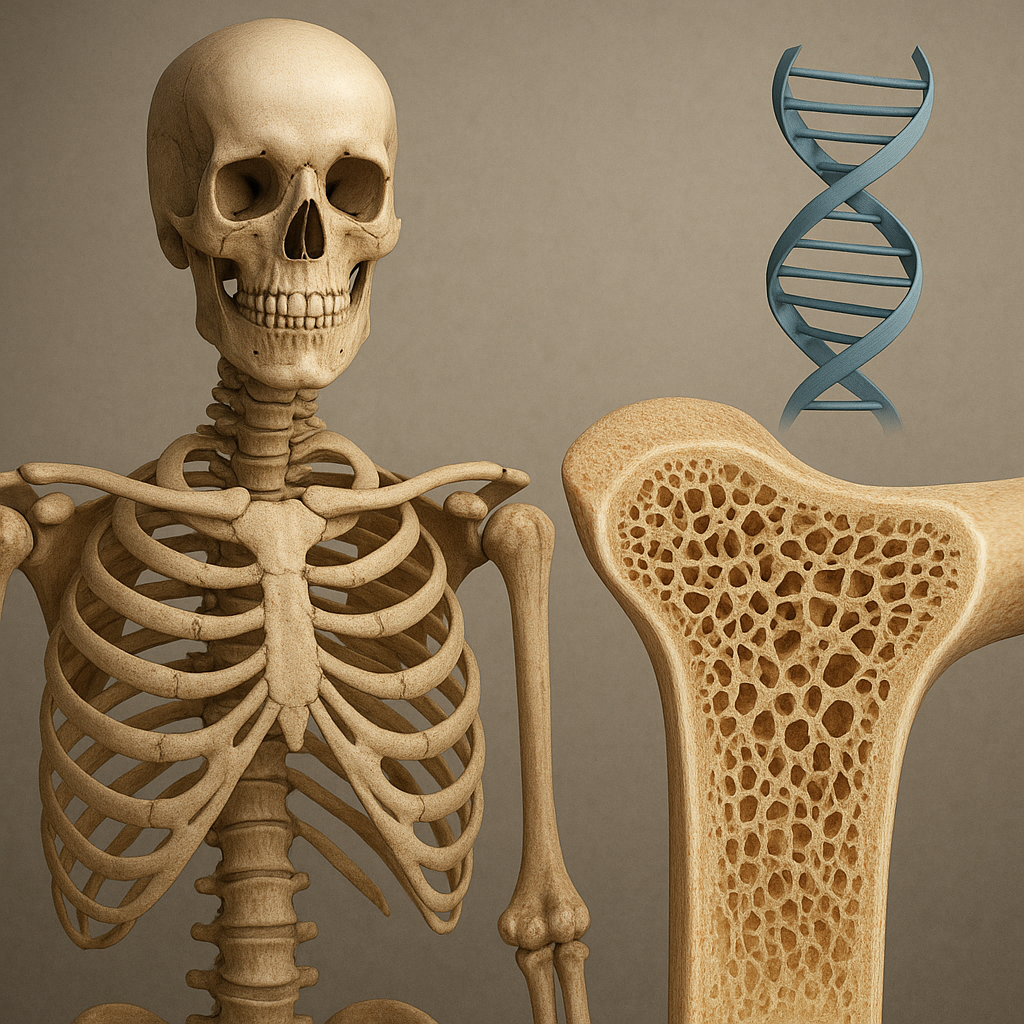The difference between compact and spongy bone is a fundamental aspect of human anatomy that plays a crucial role in understanding how our skeletal system functions. Bones are not merely rigid structures; they are dynamic tissues that provide support, protection, and facilitate movement. The two primary types of bone tissue, compact and spongy, have distinct characteristics and functions that contribute to the overall health and efficiency of the skeletal system. This article will explore the differences between these two types of bone, their structures, functions, and significance in the human body.
Understanding Bone Structure
To appreciate the differences between compact and spongy bone, it is essential to first understand the basic structure of bone tissue. Bone is a specialized form of connective tissue that consists of cells, fibers, and a mineralized matrix. The matrix is primarily composed of collagen fibers and inorganic mineral salts, which provide strength and rigidity. The two types of bone tissue differ significantly in their composition and organization.
Compact Bone
Compact bone, also known as cortical bone, is the dense and outer layer of bone that forms the hard exterior. It is characterized by its tightly packed structure, which provides strength and support. The primary unit of compact bone is the osteon, or Haversian system, which consists of concentric layers of mineralized matrix surrounding a central canal that contains blood vessels and nerves.
- Density and Strength: Compact bone is much denser than spongy bone, making it capable of withstanding significant mechanical stress. This density is crucial for the weight-bearing functions of bones, particularly in the long bones of the limbs.
- Location: Compact bone is primarily found in the diaphysis (shaft) of long bones, such as the femur and humerus, as well as in the outer layers of flat bones like the skull and sternum.
- Function: The primary function of compact bone is to provide structural support and protection for the internal organs. It also serves as a reservoir for minerals, particularly calcium and phosphorus, which are essential for various bodily functions.
Spongy Bone
Spongy bone, also known as cancellous or trabecular bone, is the lighter and less dense type of bone found primarily at the ends of long bones and in the interior of other bones. Its structure is characterized by a network of trabeculae, which are small, rod-like or plate-like structures that create a porous, lattice-like framework.
- Porosity: The porous nature of spongy bone allows it to be lighter than compact bone while still providing strength. The spaces within the trabecular network are often filled with bone marrow, which is essential for the production of blood cells.
- Location: Spongy bone is typically found in the epiphyses (ends) of long bones, such as the femur and tibia, as well as in the interior of flat bones like the pelvis and ribs.
- Function: The primary function of spongy bone is to absorb shock and distribute forces applied to the bone. Its structure allows for flexibility and resilience, which is particularly important in areas subjected to stress and strain.
Comparative Analysis of Compact and Spongy Bone
While both compact and spongy bone serve essential roles in the skeletal system, their differences in structure and function highlight their unique contributions to overall bone health and functionality.
Mechanical Properties
The mechanical properties of compact and spongy bone differ significantly due to their structural characteristics. Compact bone is designed to withstand compressive and tensile forces, making it ideal for weight-bearing activities. In contrast, spongy bone is more adept at handling multidirectional forces, thanks to its trabecular architecture, which allows it to deform slightly under stress without breaking.
Metabolic Activity
Bone is a dynamic tissue that undergoes constant remodeling throughout a person’s life. This process involves the resorption of old bone and the formation of new bone, regulated by various hormones and mechanical loading. Compact bone has a slower remodeling rate compared to spongy bone, which is more metabolically active due to its higher surface area and greater exposure to blood supply. This increased activity in spongy bone is crucial for maintaining bone density and overall skeletal health.
Clinical Significance
Understanding the differences between compact and spongy bone is not only important for anatomical knowledge but also has significant clinical implications. Conditions such as osteoporosis, which is characterized by a decrease in bone density, primarily affect spongy bone, leading to an increased risk of fractures. Conversely, conditions that affect the structural integrity of compact bone, such as osteosarcoma or other bone tumors, can have severe consequences for overall skeletal health.
Conclusion
The differences between compact and spongy bone are essential for understanding the complexities of the human skeletal system. Compact bone provides strength and support, while spongy bone offers flexibility and shock absorption. Together, they work in harmony to ensure the structural integrity and functionality of the skeleton. Knowledge of these differences is crucial for medical professionals and researchers alike, as it informs the diagnosis and treatment of various bone-related conditions. As we continue to explore the intricacies of bone biology, the significance of both compact and spongy bone will remain a vital area of study in the field of medicine and anatomy.













